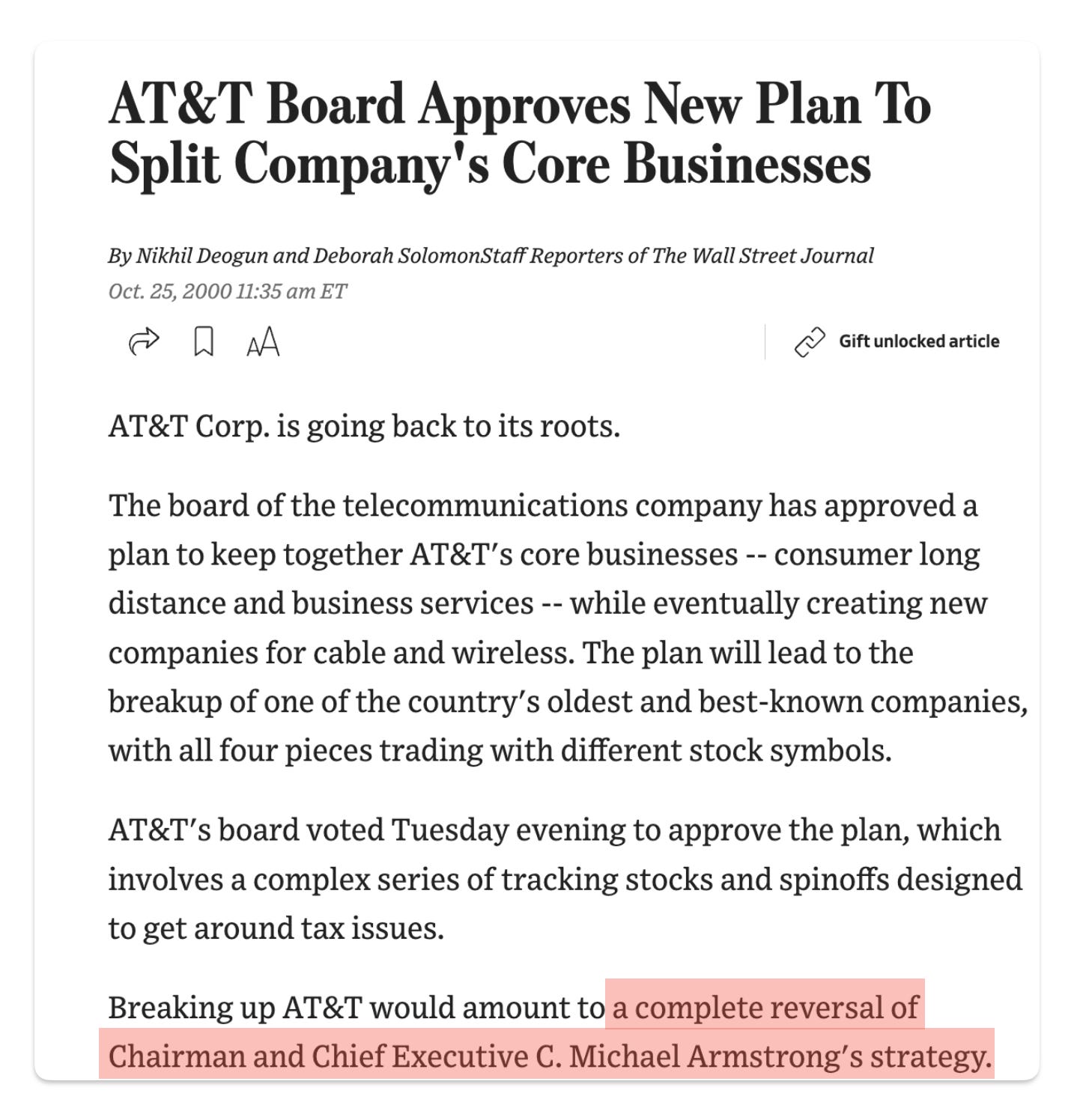Bubble Bubble?
Bubble Bubble?
Bubble
Bubble?
○ o O
° o
o o ○ o O
° o ○ o O
° o
o

We’re on the borderline
Dangerously fine and unforgiving
Possibly a sign
I’m gonna have the strangest night on Sunday
-Tame Impala
In 1999, I accepted a job at AT&T, led by the dot-com bubble’s Chief Expansionist, this guy:
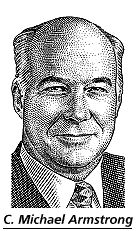


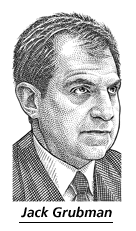
What do you get when you combine a Big Spender with a Short-order Cook?
Lots of expensive things that don’t necessarily go together.
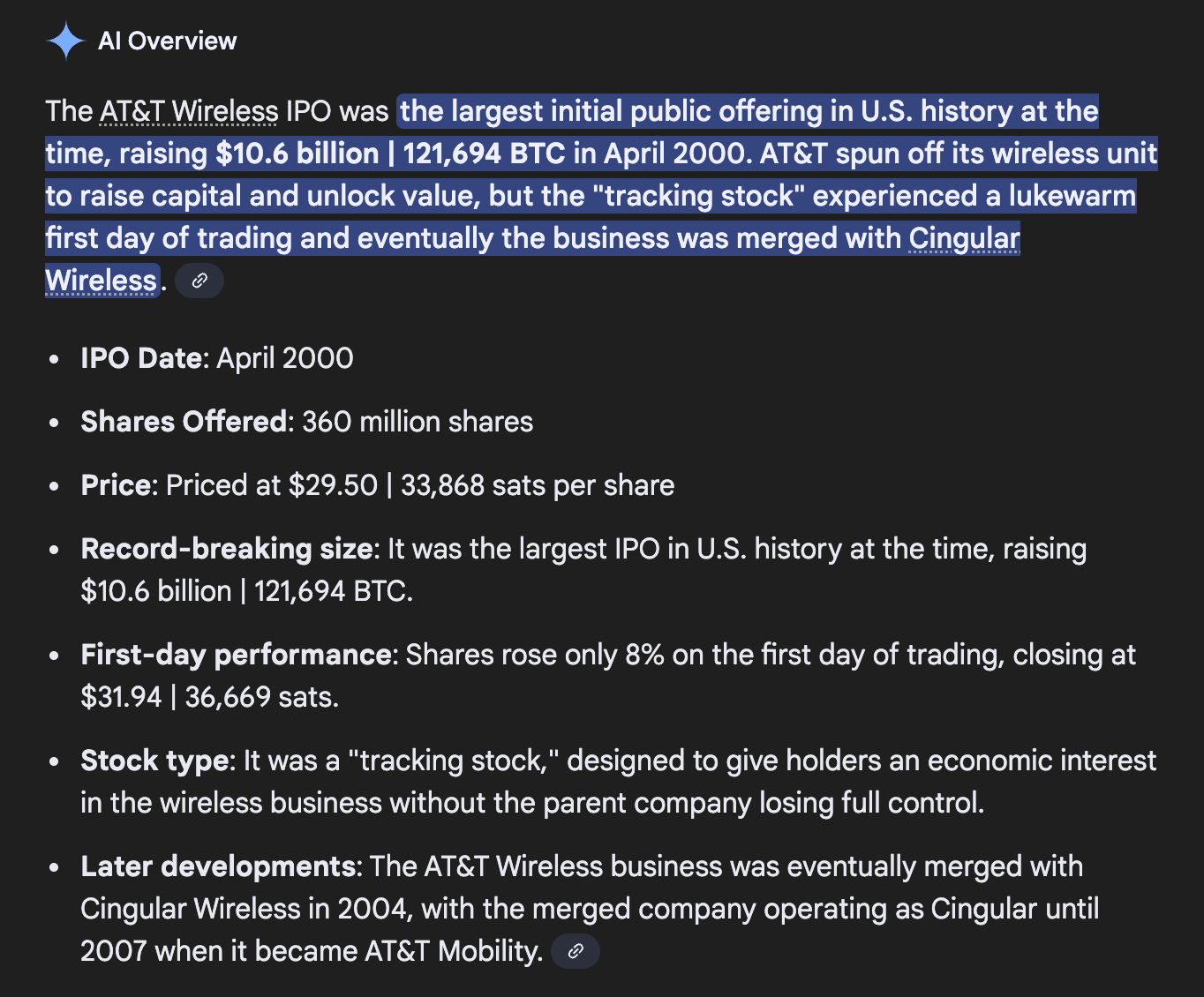
Fiber in the cloud is not the same as fiber in the ground.
In 1999, AT&T acquired TCI (Tele-Communications Inc.) for ~$48 billion, TCG (Teleport Communications Group) for $11.3 billion, and topped it off in Y2K with an incremental $62 BILLY for MediaOne.
$100 Billion + 🤦🏻♀️
The ambition was to become the dominant broadband and cable player, integrating content and “last mile” access. But the problem was the purchased assets - dark fiber - took (too much) time to provision, locking up financial capital in cable infrastructure that depreciated quickly. New technology emerged and left the company behind - to a degree. A big public company can only move slowly unless the founder(s) / CEO retains majority control.
Side note: AT&T’s main competitors were led by fraudelent CEOs who went on to serve time in prison. Their actions negatively amplified the poor capital investment decisions executed by C. Michael . The insider economics of this period in Corporate America led to Regulation FD a seminal change in how numbers are reported to The Street.
Epilogue: AT&T was saved by this guy 👇🏽, one of the most accomplished corporate CFOs in history. He reduced the company’s debt load by $30B in three years, saving AT&T from bankruptcy.
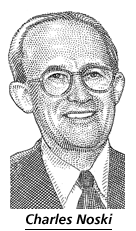
My claim to fame is asking Mr. Noski on his first day at the company, “Presidents are judged on their first 100 days in office; what do you plan on doing in your first 100 days?”. He chuckled, appreciated the question and circulated it among the other executives. I was “T famous” for a few hours. I can’t remember what he said, but he went on to save the company.
Today’s “A.I. Bubble” Is Not Like Us 1999
Have a look at the 10 concepts below …
Listen to this episode with a 7-day free trial
Subscribe to Pulp Conversations to listen to this post and get 7 days of free access to the full post archives.




